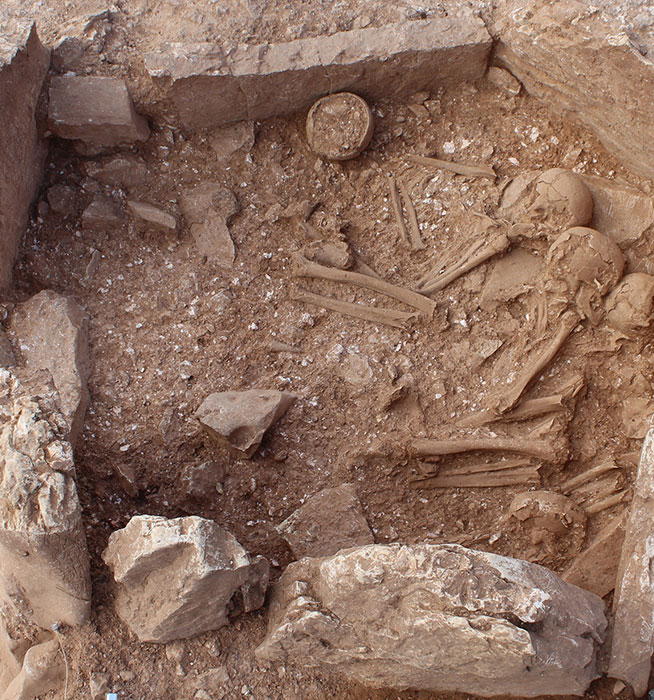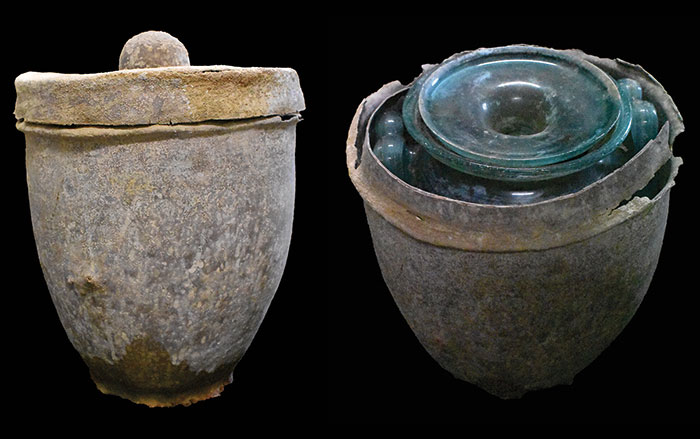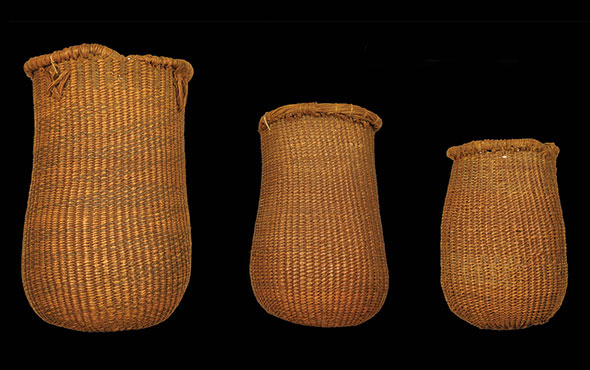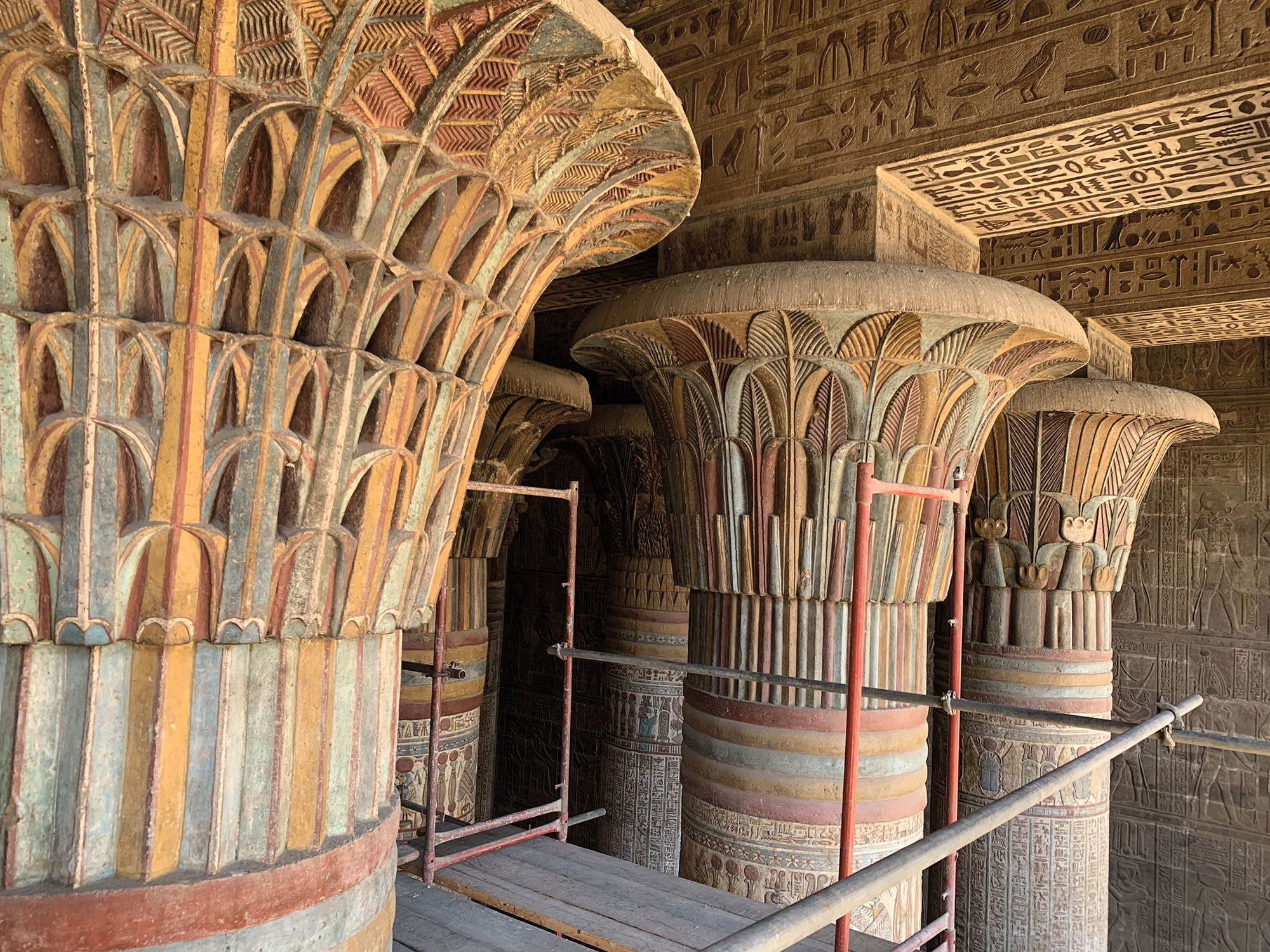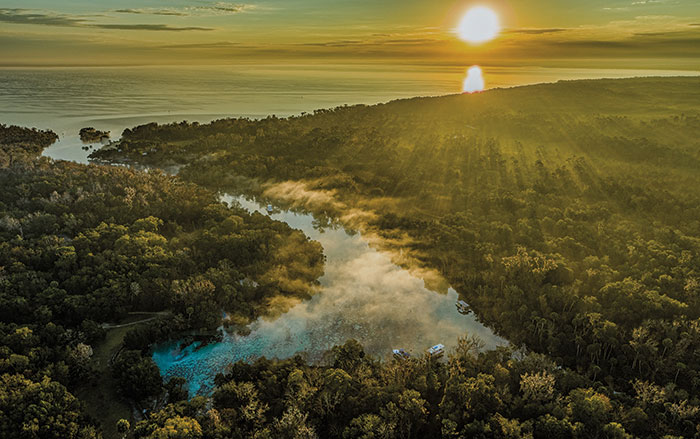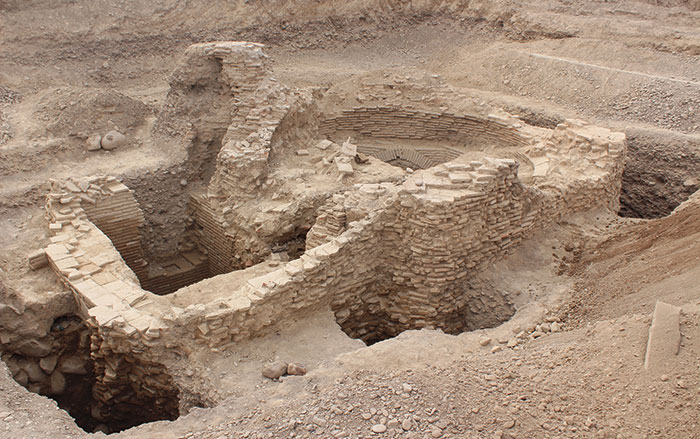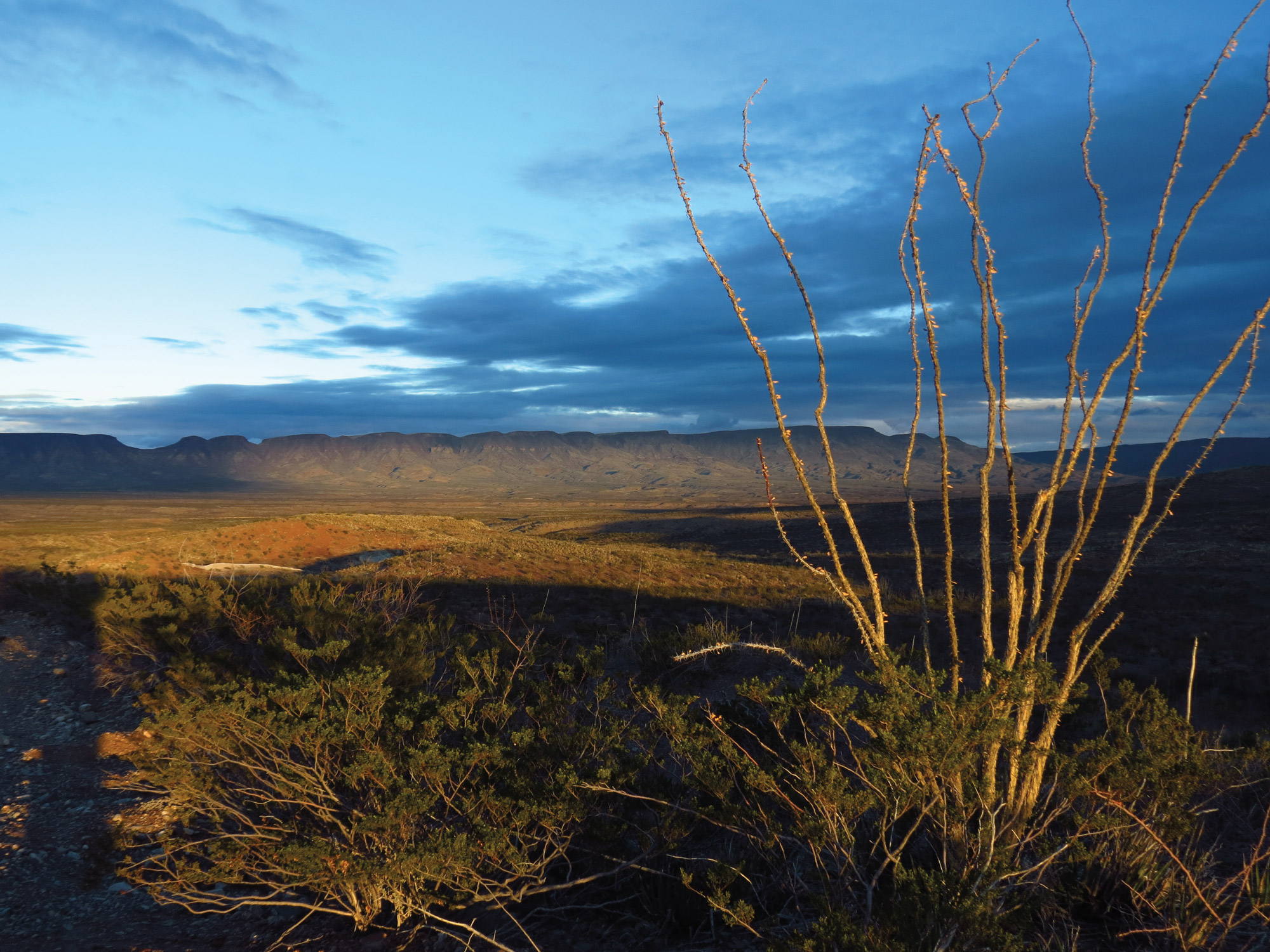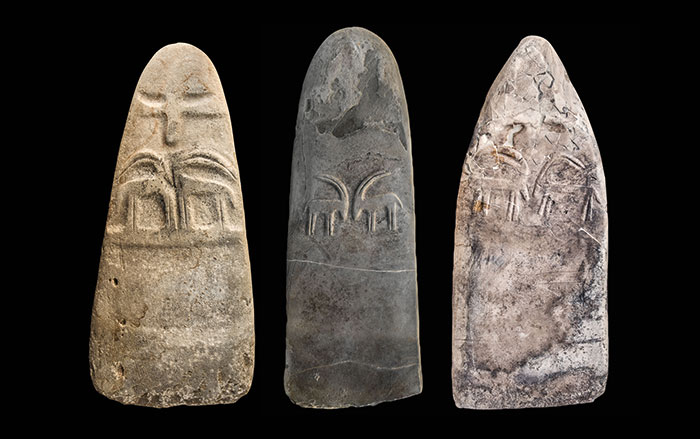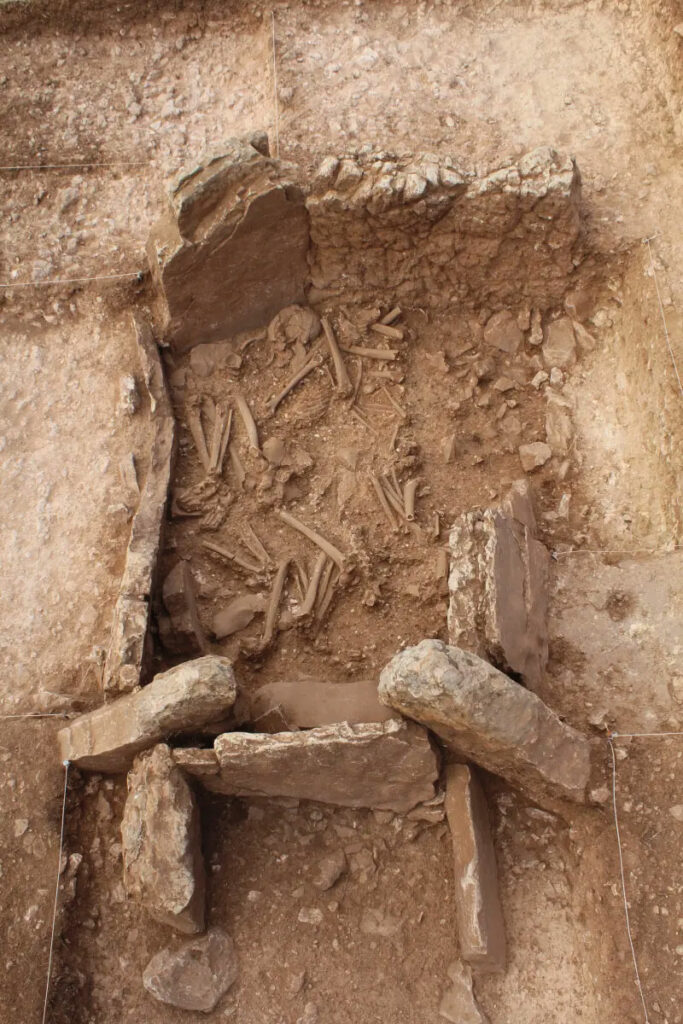
Southern Iberia is home to some of the highest concentrations of megalithic tombs anywhere in Europe. A recent multidisciplinary study has demonstrated that the necropolis of Panoría, near Granada, was especially unusual, as it contained the burials of nearly twice as many women as men. Since the discovery of the necropolis, 19 megalithic burials called dolmens formed from large stone slabs have been identified, nine of which have been excavated. These contained more than 57,000 bone fragments from the skeletons of people who were entombed within the chambers between 5,600 and 4,100 years ago.
To learn more about the dead, researchers examined the peoples’ remains using a combination of methods. These included a new technique called amelogenin peptide analysis that involves studying proteins in tooth enamel that can indicate an individual’s sex. The technique is particularly useful in determining the sex of poorly preserved skeletal remains, or of younger individuals whose bones have not fully formed. In addition to showing that there were twice as many females as males buried at Panoría overall, the team’s results indicated that, among children and young adults, the ratio of females to males was nearly 10 to one.
This pattern suggests that the social structure of the ancient community around Panoría was based on matrilineal descent. The existence of this social system would help explain why the young adults buried in the necropolis were so overwhelmingly female, as young men likely left the group to marry into other communities at a young age, a process known as male exogamy.



